

Damion Smy
Hyundai i30 N TCR celebrates 10 years of ‘N’ with Gran Turismo 7 debut
12 Hours Ago
The Volkswagen Golf GTI might the hot hatch benchmark, but it has been through its share of ups and downs during its 46-year history.

Journalist


Journalist
A tiny skunkworks project that became one of the iconic names in the hot hatch market: the Volkswagen Golf GTI has come a long way since its launch in 1976.
To date around 2.3 million have been sold around the world.
Power and torque have increased markedly from 81kW and 140Nm in the first version to 180kW and 370Nm in the iteration about to go on sale in Australia – 122 per cent and 164 per cent increases, respectively.
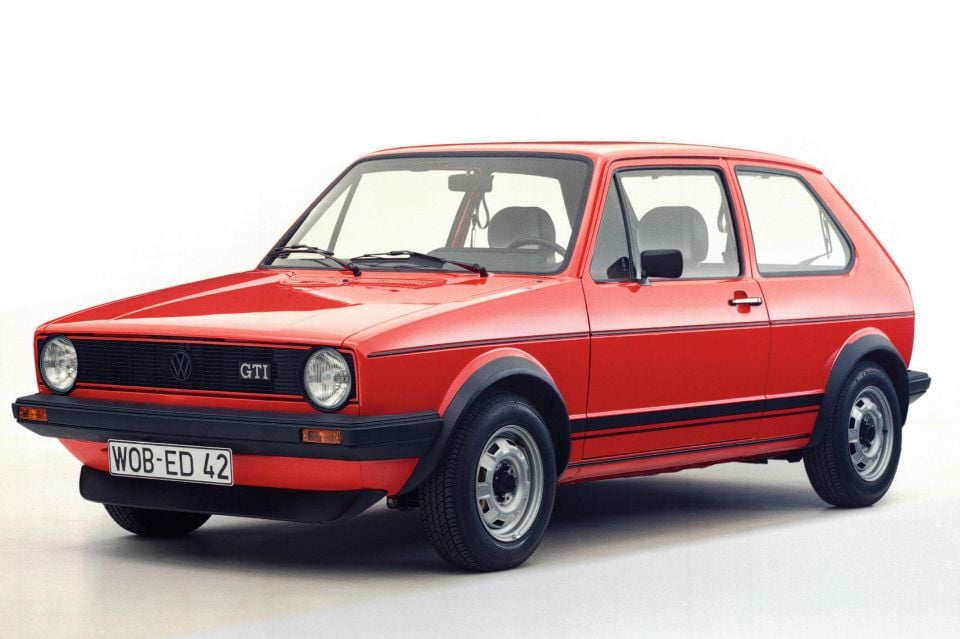
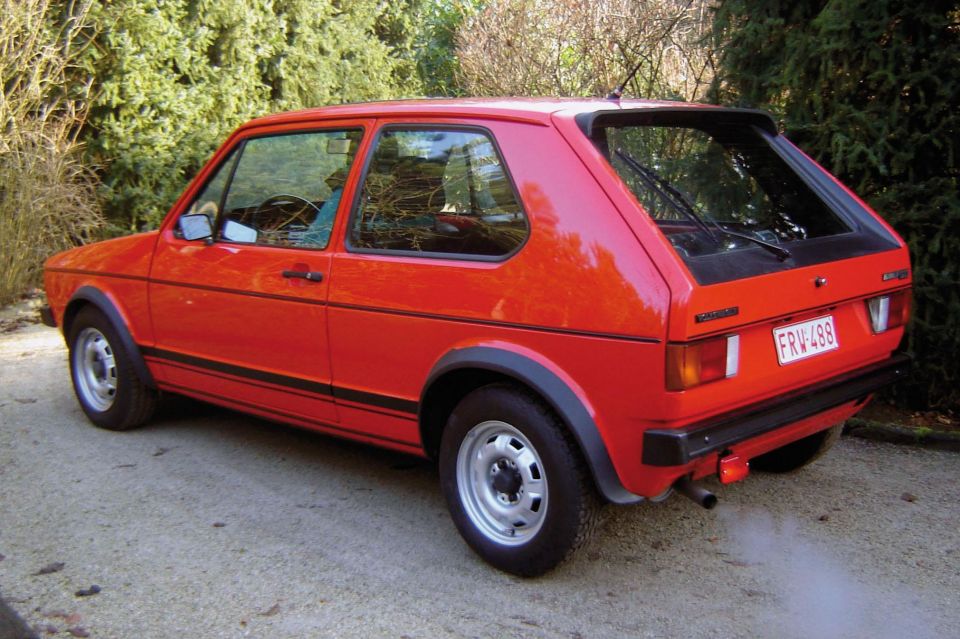


The GTI was originally conceived as a secret project by a team of around eight people, including members of Volkswagen’s public relations and engineering departments.
After the original concept was given management’s blessing, the car made its debut at the Frankfurt Motor Show in March 1975, but it didn’t start heading out of the factory gates until a year later.
Originally powered by a 1.6-litre fuel-injected four-cylinder engine with 81kW and 140Nm, the first GTI could complete the 0-100km/h sprint in 9.2 seconds –brisk for the time, but what we might deem “relaxed” today.
Late in its life, the GTI gained a larger 1.8-litre fuel-injected engine with 82kW and 153Nm.
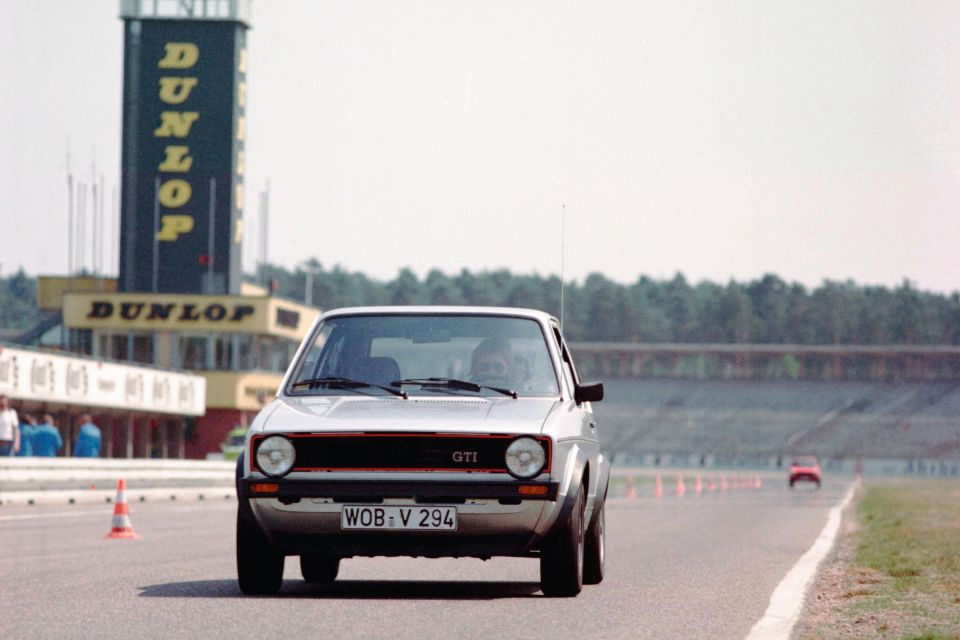
Visually, the GTI was distinguished from lesser models by its lowered suspension, tartan seats, and red trim around the grille. A golf ball shifter was tied to a four-speed manual, and later a five-speed unit.
There were black wheel arch extensions paired with 13-inch wheels and 175/70 tyres.
With 461,690 made during its lifetime, production comfortably exceeded the initial target of 5000 units.
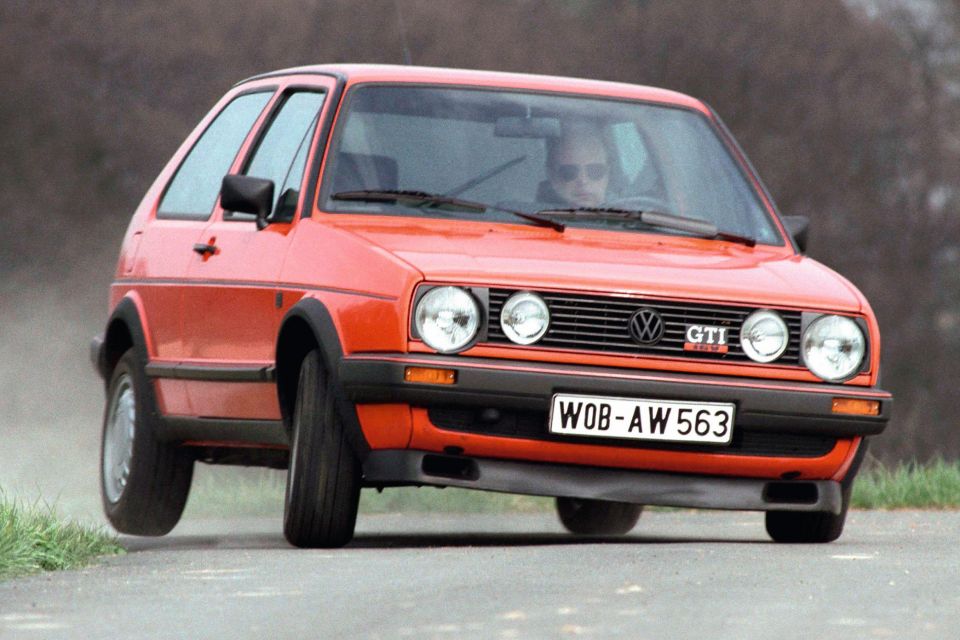
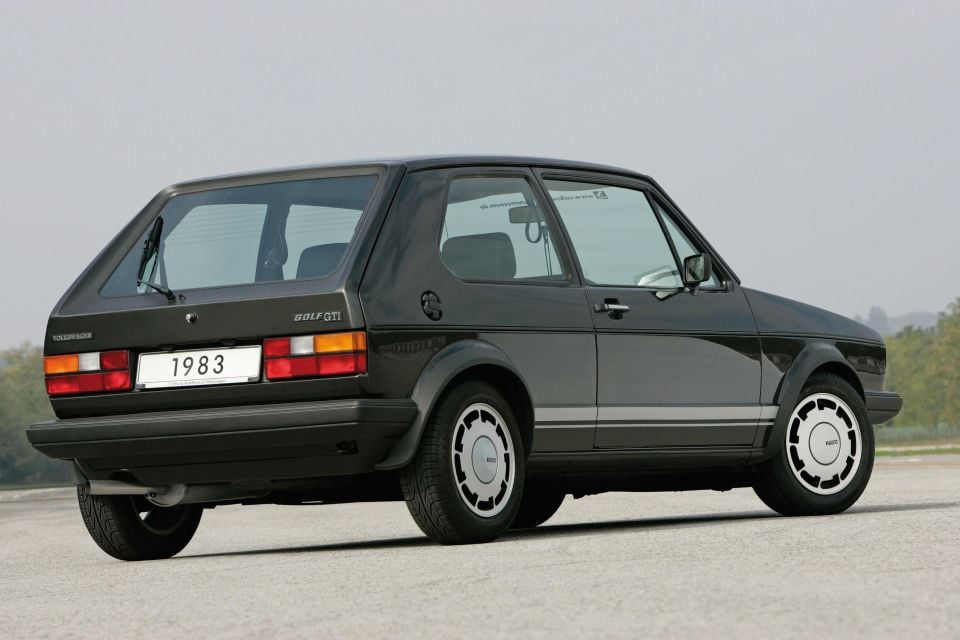
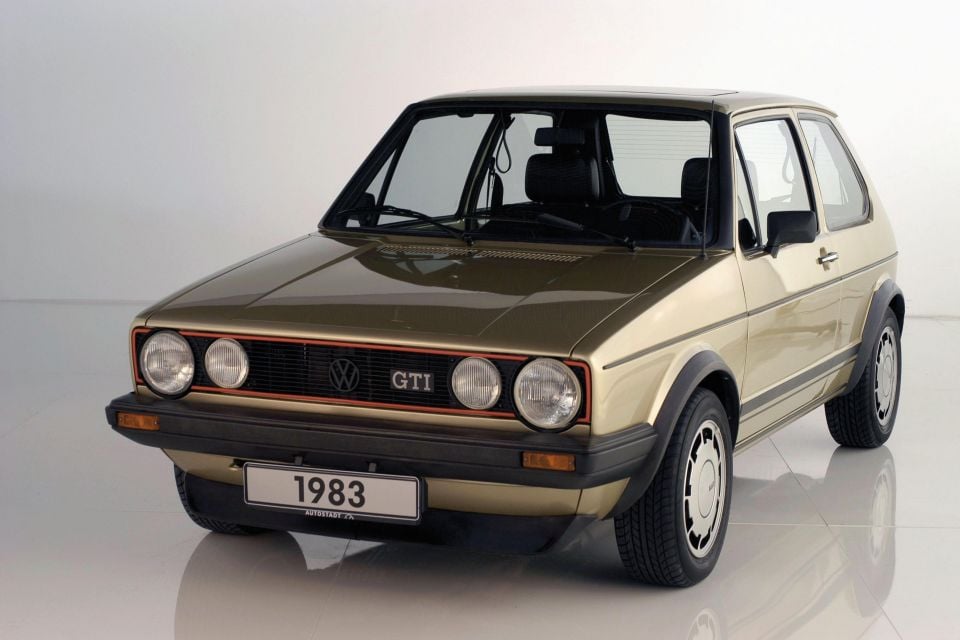
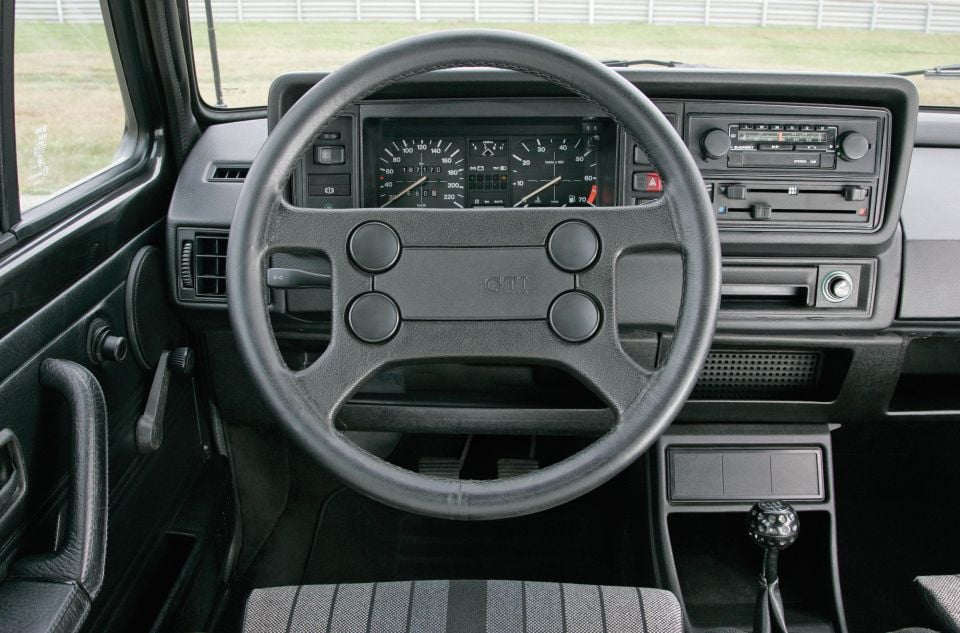
While the design of the second-generation car didn’t stray far from the template of the original, the Mark II was slightly bigger and heavier, to the tune of at least 100kg.
This meant the launch version of the new GTI was slower and less nimble than before, because it soldiered on a with a carryover 1.8-litre engine.
A year or so into its life, Volkswagen threw some kilowatts at the problem, with a new 1.8-litre 16V engine boasting 102kW and 168Nm – a jump of 20kW.
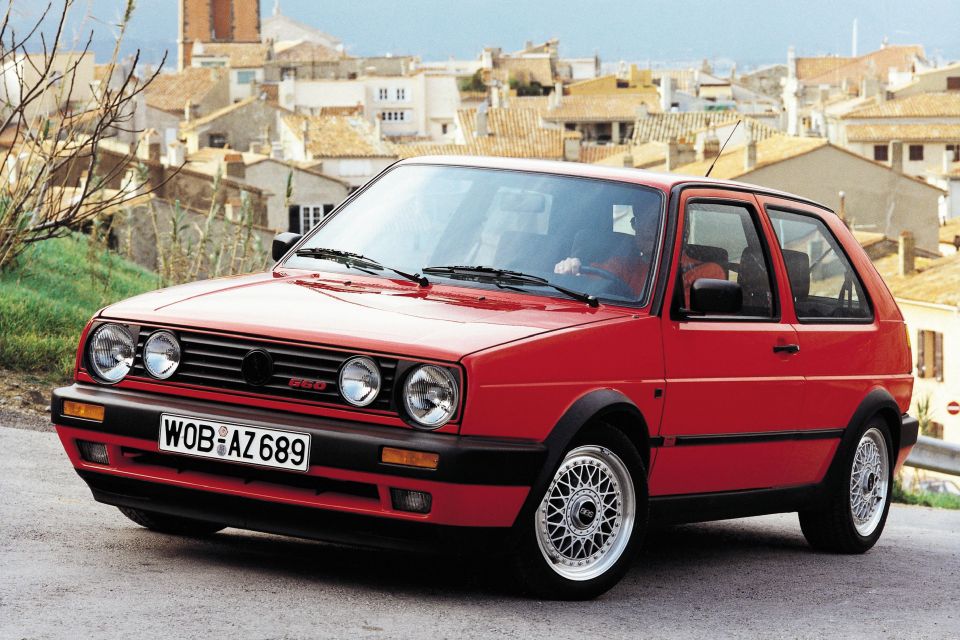
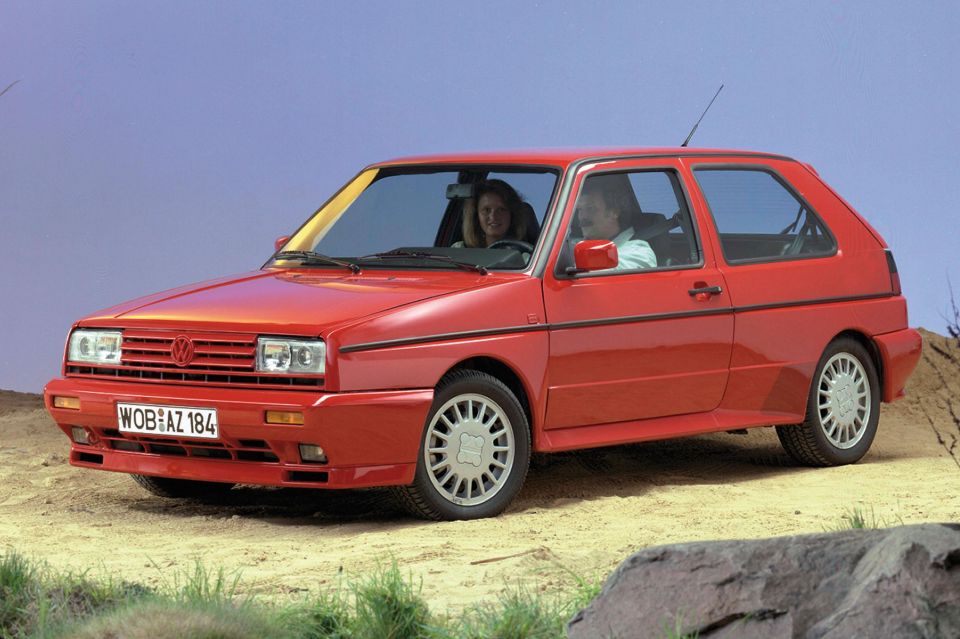
In the final years, the GTI G60 was sold in Europe with a supercharged 1.8-litre engine making 118kW and 225Nm.
With its blistered wheel arches and squared-off headlights the Rallye Golf was built for homologation purposes. It mixed GTI G60’s supercharged engine with the company’s Syncro all-wheel drive system.
The even rarer Golf G60 Limited had a version of this supercharged engine with 150kW and 252Nm. Thanks to all-wheel drive, these cars were capable of completing the 0-100km/h dash in 6.4 seconds.
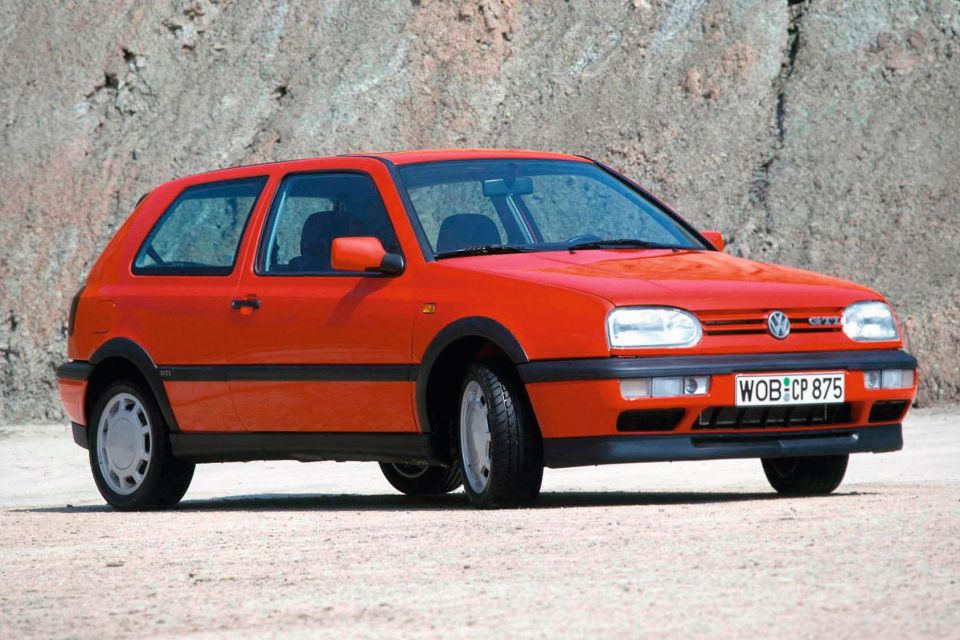
The Golf entered the nineties with increased dimensions, and an all-new, much more modern design.
A larger 2.0-litre engine graced the third-generation GTI.
At launch this motor made 87kW and 166Nm, a significant downgrade from the Mark II. The drop in raw output saw the 0-100km/h time blow out to 9.7 seconds.
This was corrected a year later when a 16V version turned up with 112kW and 180Nm. This peppier engine could reel hit the century in 8.1 seconds.
Towards the end of its run the GTI was also offered with a 1.9-litre turbo-diesel making 81kW and 235Nm. With its 11.0-second 0-100km/h time, it was best to avoid traffic light derbies in this variant.
The third-generation GTI was the last to feature plastic wheel arch extensions.
Volkswagen elected not to bring the GTI to Australia, with the VR6 being the local range’s sole performance variant. Powered by a 2.8-litre narrow-angle V6 engine, the VR6 boasted 129kW and 235Nm, front-wheel drive, and a five-speed manual.
A larger 2.9-litre unit with 140kW and 245Nm was also available overseas.
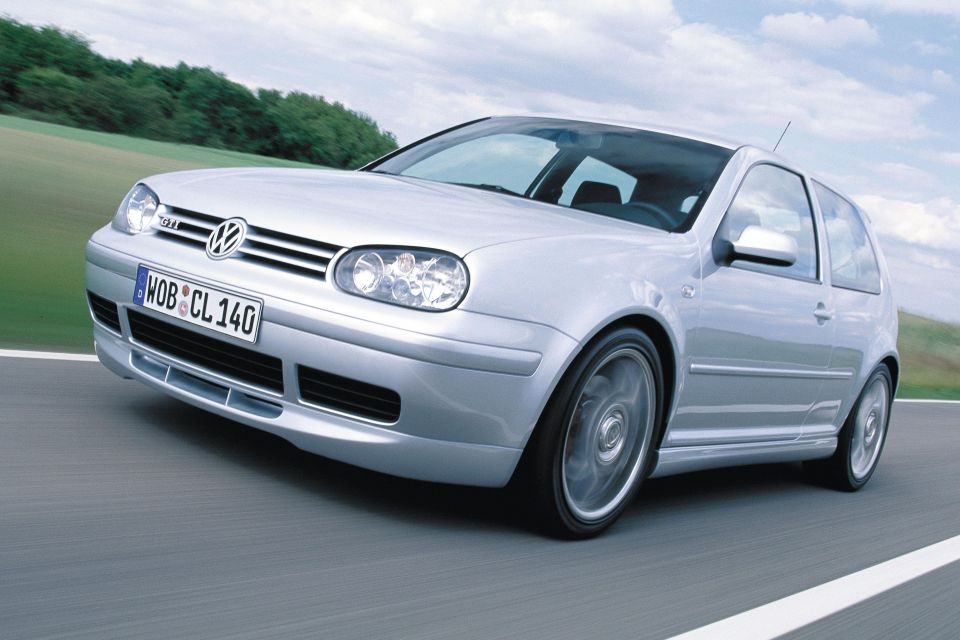
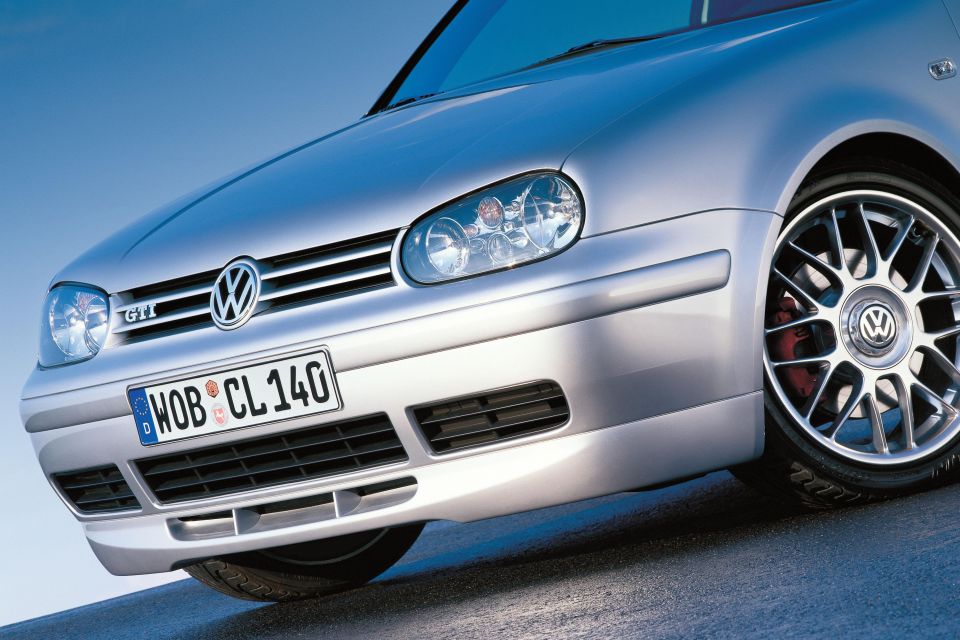
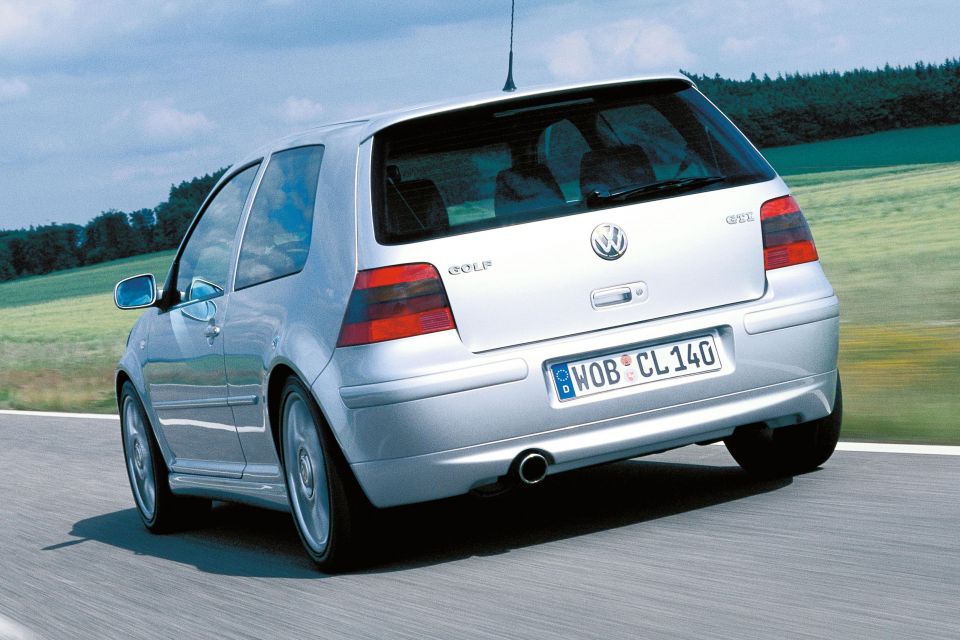

With its soft-touch plastics, damped grab handles, and satisfying door thunk, the fourth-generation Golf put premium-level interiors into affordable cars.
While the cabin may have been been a revolution, the driving experience was at best somnambulant, even in the GTI.
A plethora of engines were available in the Mark IV GTI over its lifetime, including a 110kW/210Nm 1.8-litre turbo, a 125kW/225Nm 2.3-litre VR5, and a turbo-diesels with up to 110kW.
There was also a 25 Years of GTI special edition that had a 132kW/235Nm 1.8-litre turbo.

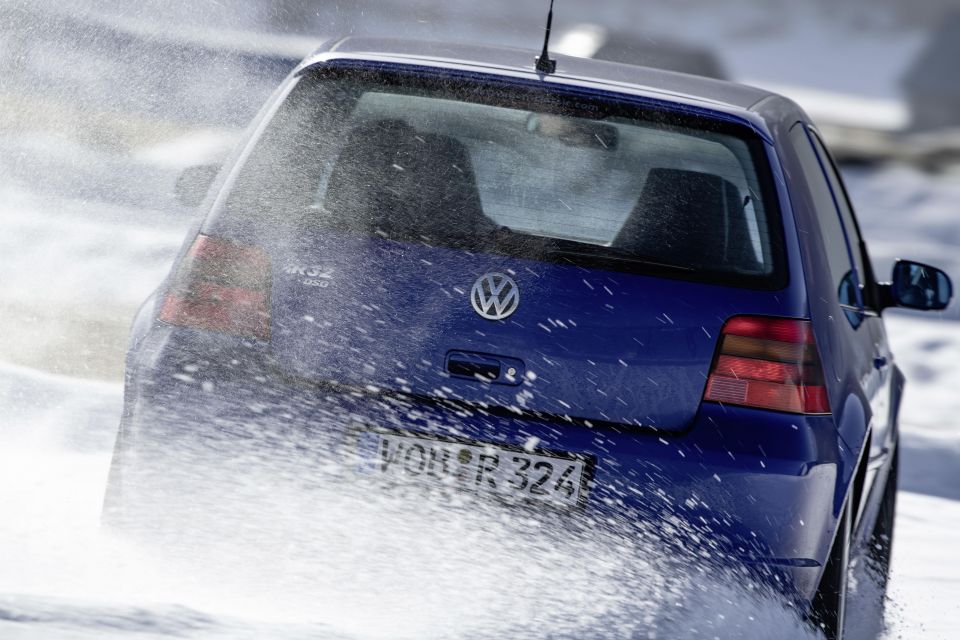
The beginnings of the Volkswagen’s R sub-brand can be traced back to this Golf and its R32 variant.
Launched in 2003, it featured a 3.2-litre VR6 making 177kW and 320Nm.
Power was fed to all four wheels via a Haldex clutch all-wheel drive system, and the R32 was capable of reeling off the 0-100km/h standard in 6.4 seconds when fitted with the Golf’s first dual-clutch transmission.
Two generations later, the R32 ditched its heavy six-pot engine in favour of a boosted four-cylinder mill, giving us the Golf R we know today… but that’s a story for another day.
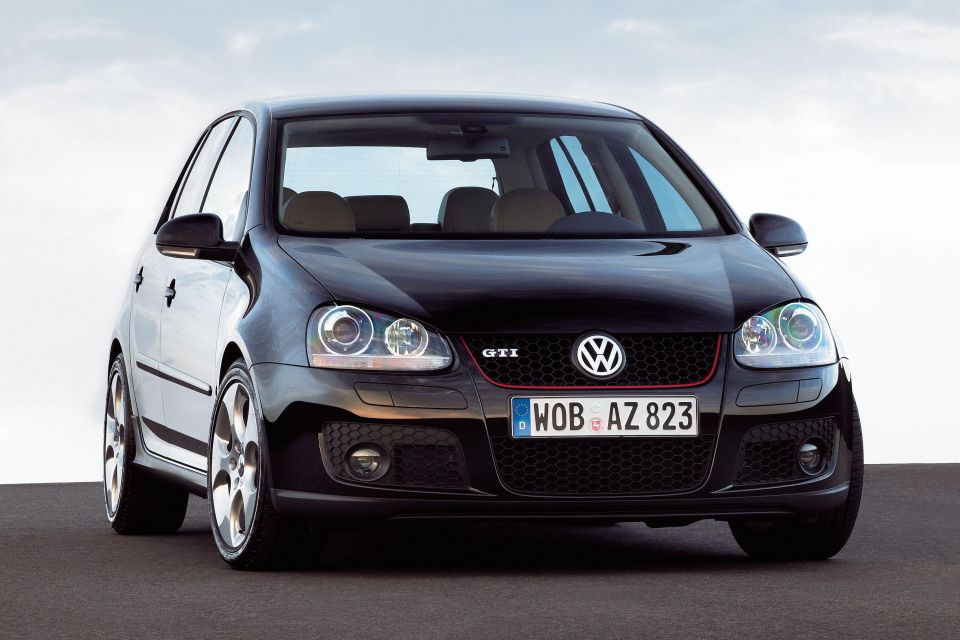

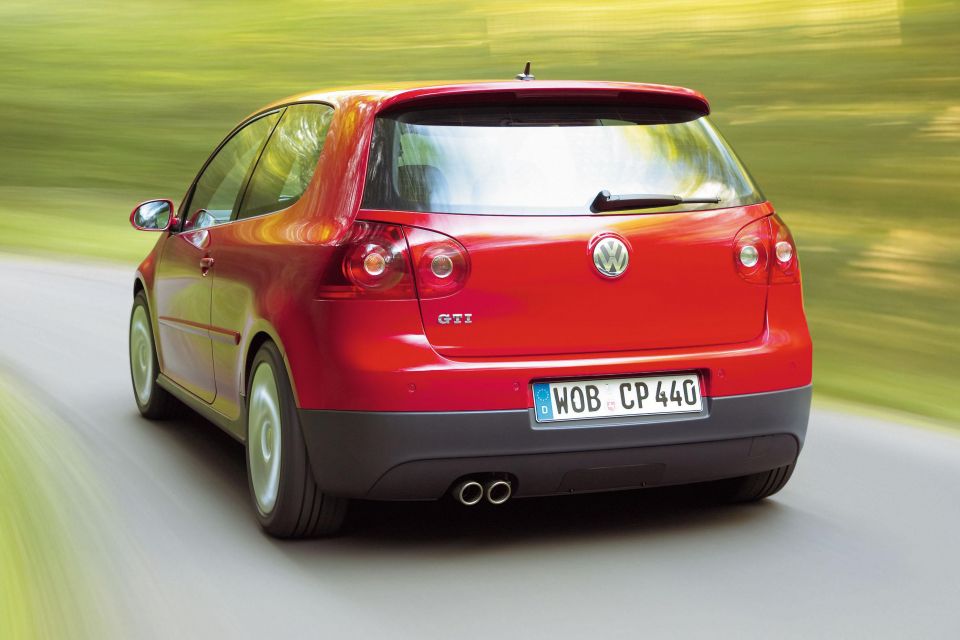
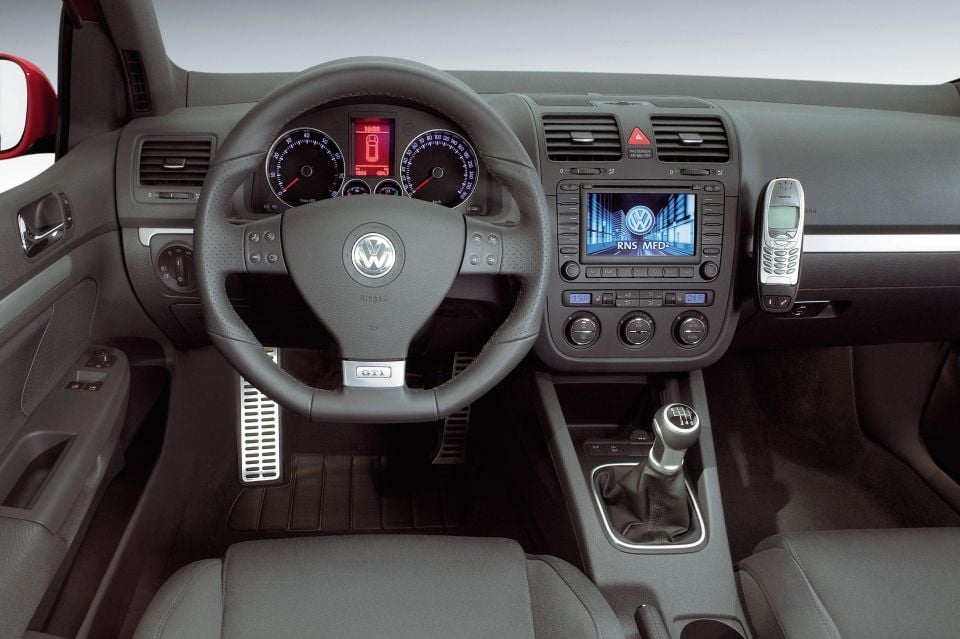
Stung by criticism levelled at the fourth-generation car, the fifth-generation Golf had a sportier design and sharper handling.
The Mark IV’s confusing array of engine choices was struck down, replaced by a 2.0-litre single-turbo engine rated at 147kW and 280Nm. Buyers could choose between either a six-speed manual or six-speed dual-clutch transmission.
With the automated transmission, the GTI is able to hustle its way past 100km/h in 6.9 seconds – not a world away from the previous generation’s R32.
Later on, Edition 30 and Pirelli GTI models launched with more powerful 169kW version of the 2.0-litre engine.
The turbo-diesel option was moved to less sporty GT trim that was slotted in below the GTI. The GT was also available with Volkswagen’s supercharged and turbocharged 125kW 1.4-litre petrol engine.

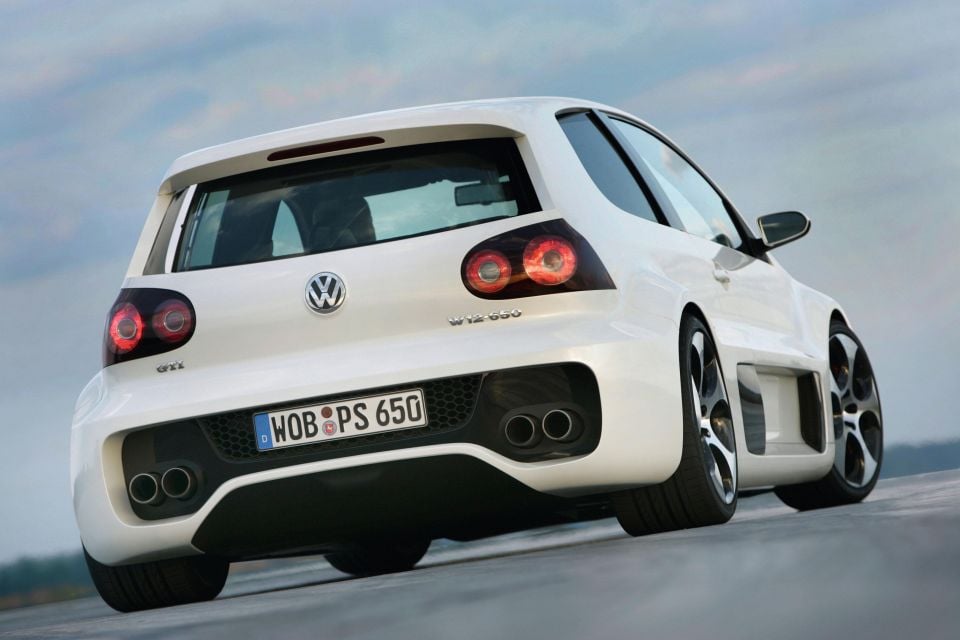
While the Mark V was seen as a return to form, the most desirable GTI was a one-off created for the annual GTI meet at Lake Worthersee.
The 2007 GTI W12-650 had a mid-mounted 485kW 6.0-litre twin-turbo W12 engine from the Bentley Continental.
To make the car drivable, to a degree, it had a 160mm wider body with massively flared arches, tyres wider than a sumo wrestler, and suspension that was 70mm lower than normal.
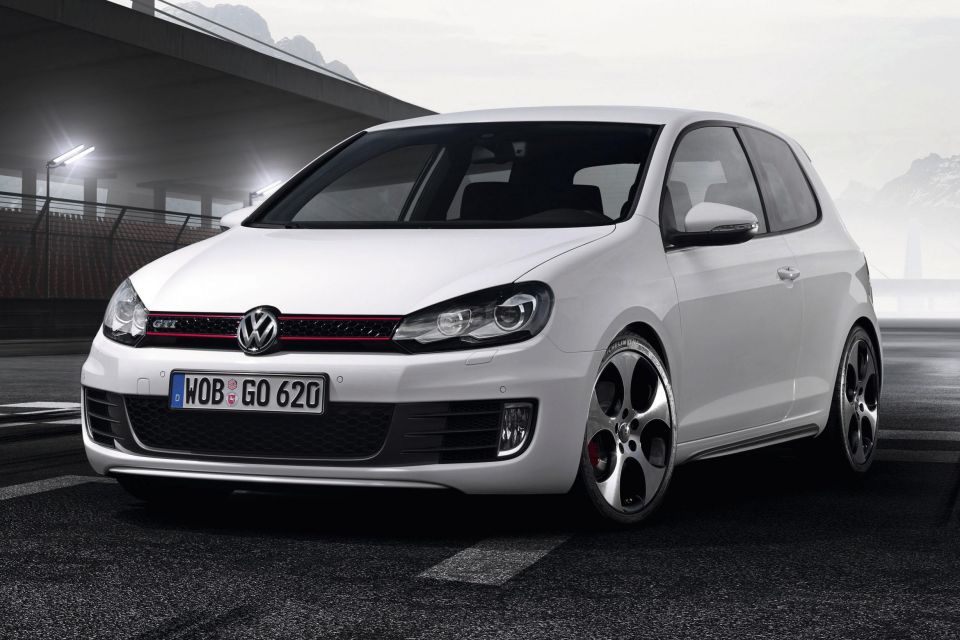
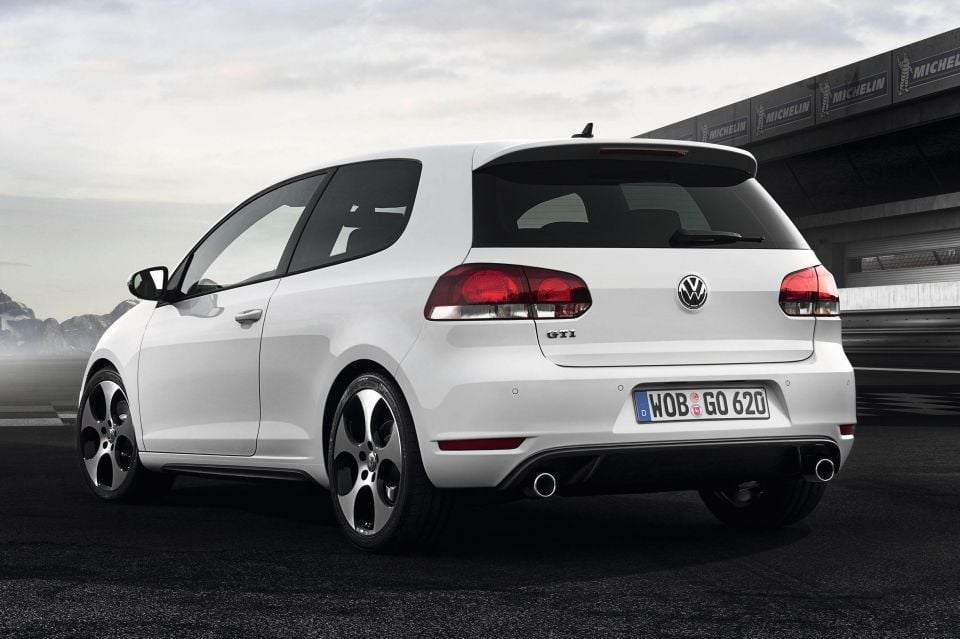
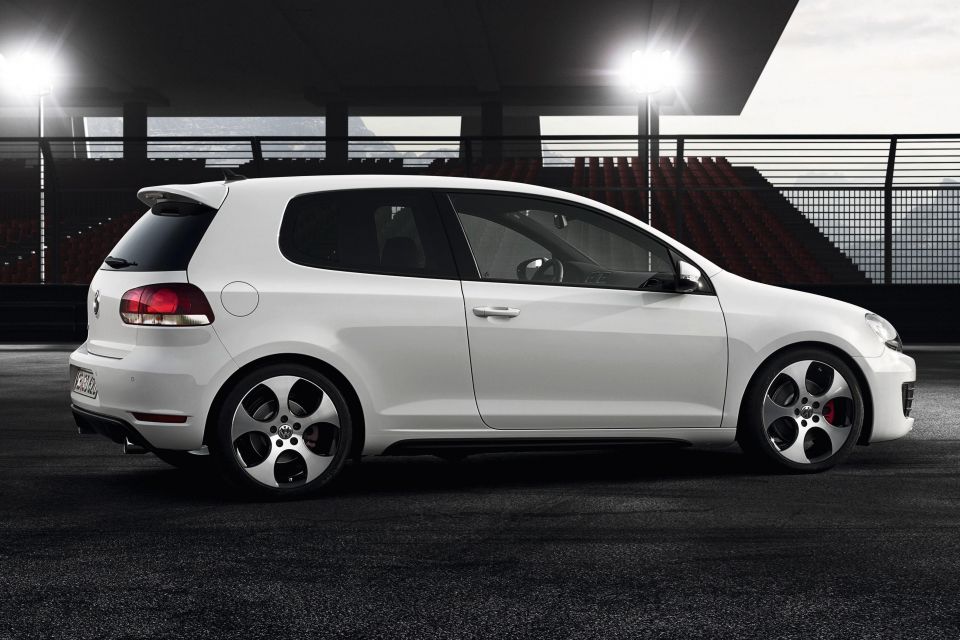

Built on the same platform as the previous model, the sixth-generation Golf had a more mature design.
This GTI gained an electronic differential lock (XDS), and added a sound generator to the roster. It also featured two exhaust tips, one on either side, for the first time.
Volkswagen tweaked the 2.0-litre turbo, increasing output to 154kW and 280Nm. Once again, buyers could choose between a six-speed manual or dual-clutch transmission.
As you may have guessed by now, a GTI Edition 35 was made available part way through the car’s life cycle, with the engine cranked up to 173kW.
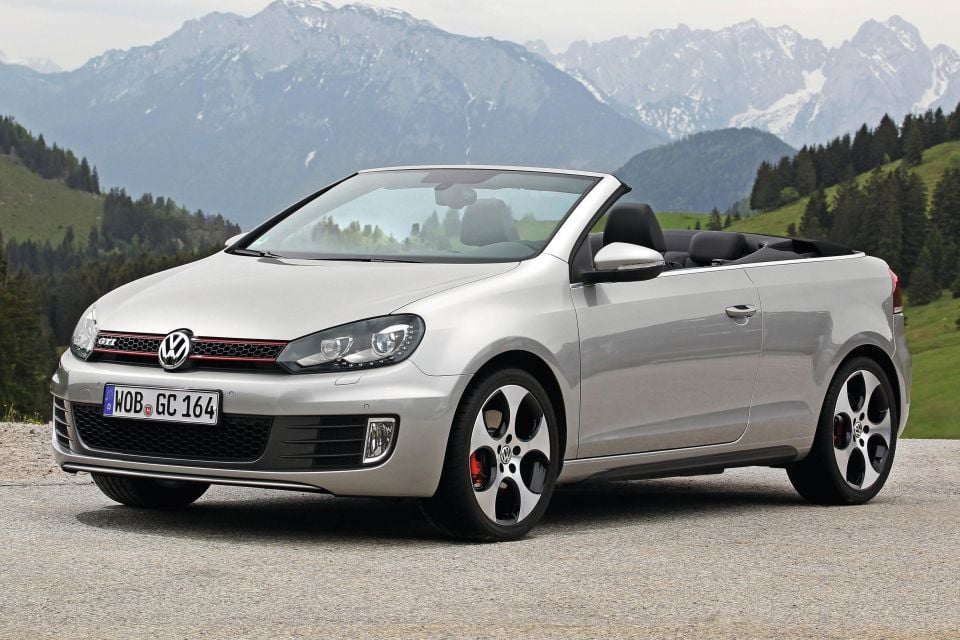
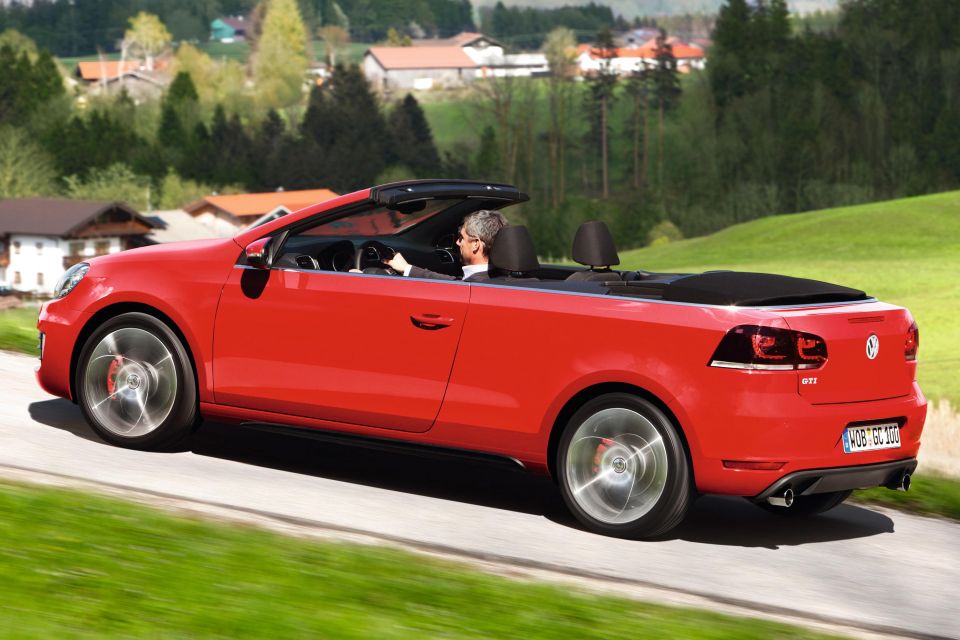
Although the GTI name has also been used on the Lupo and Polo, it had been restricted to hatchback models.
In 2012, Volkswagen broke a long-standing tradition and made the Golf GTI available as a convertible.
Thanks to the folding roof mechanism and other weight additions, the cabrio needed 7.3 seconds to reach 100km/h, while the hatch required just 6.9 seconds.

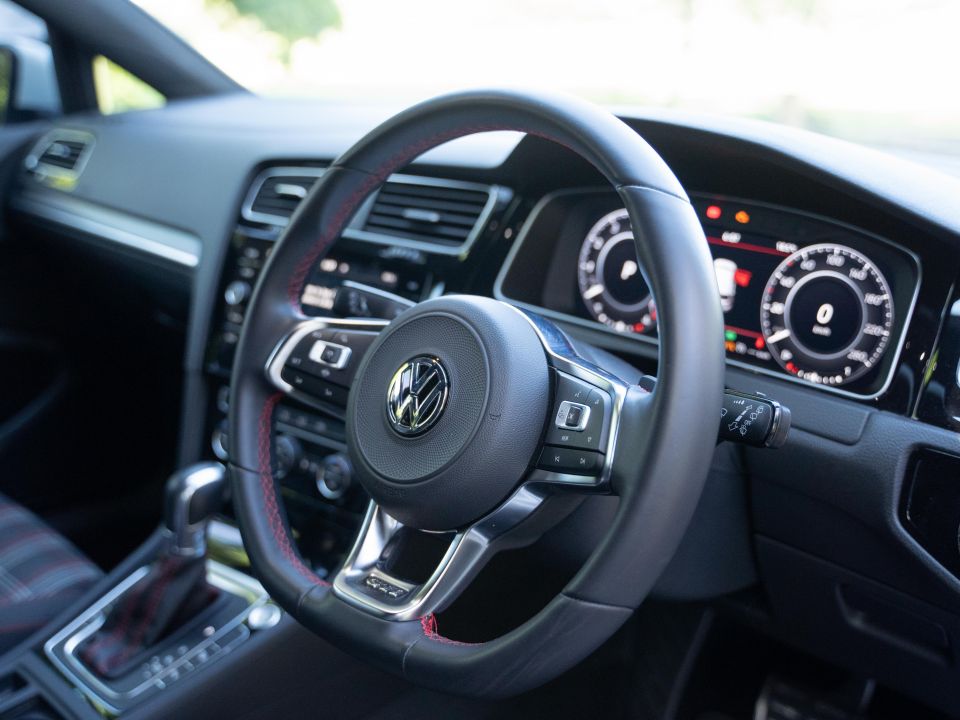
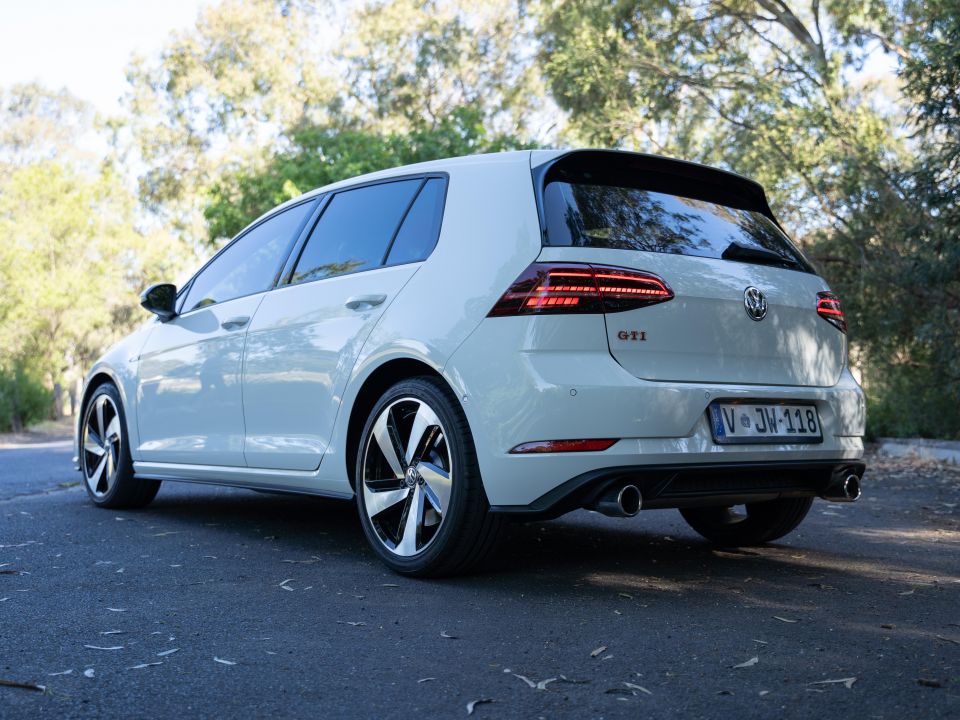
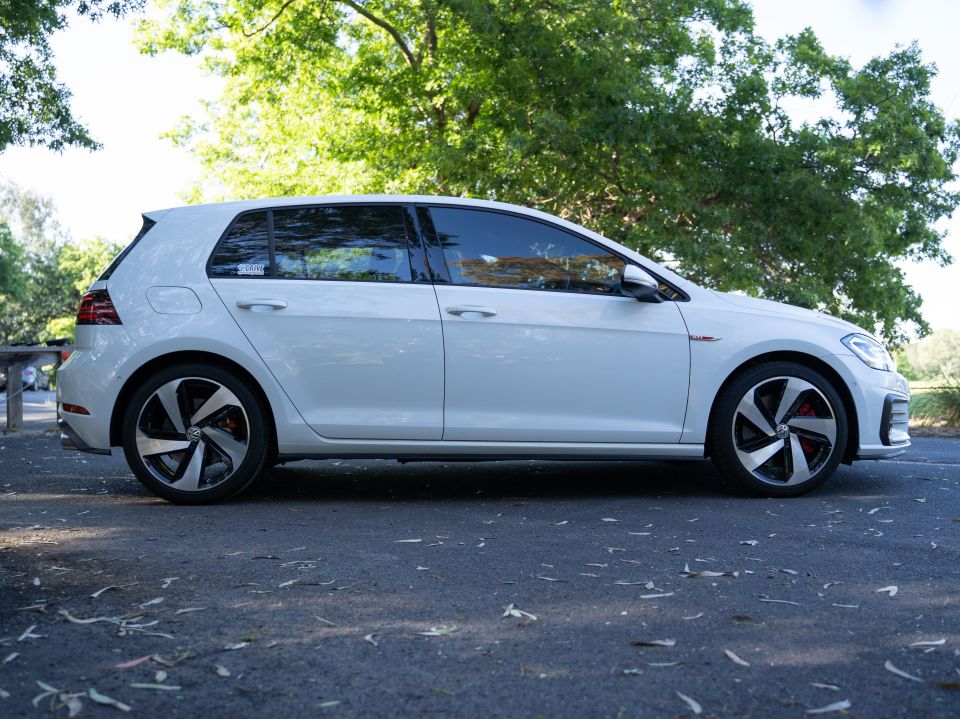
A sharp new body marked the Golf’s adoption of the MQB architecture that now underpins countless models from the Volkswagen Group, and helped to reduce weight by around 40 kilograms.
Once again there was a 2.0-litre turbocharged four-cylinder under the bonnet.
This time, though, Volkswagen offered a 162kW standard version and a more powerful 169kW Performance variant with a standard limited-slip differential and better brakes.
Both models generated a hefty 350Nm of torque. Both models were offered in Australia at launch, but 2019 brought about the death of the base model Down Under.

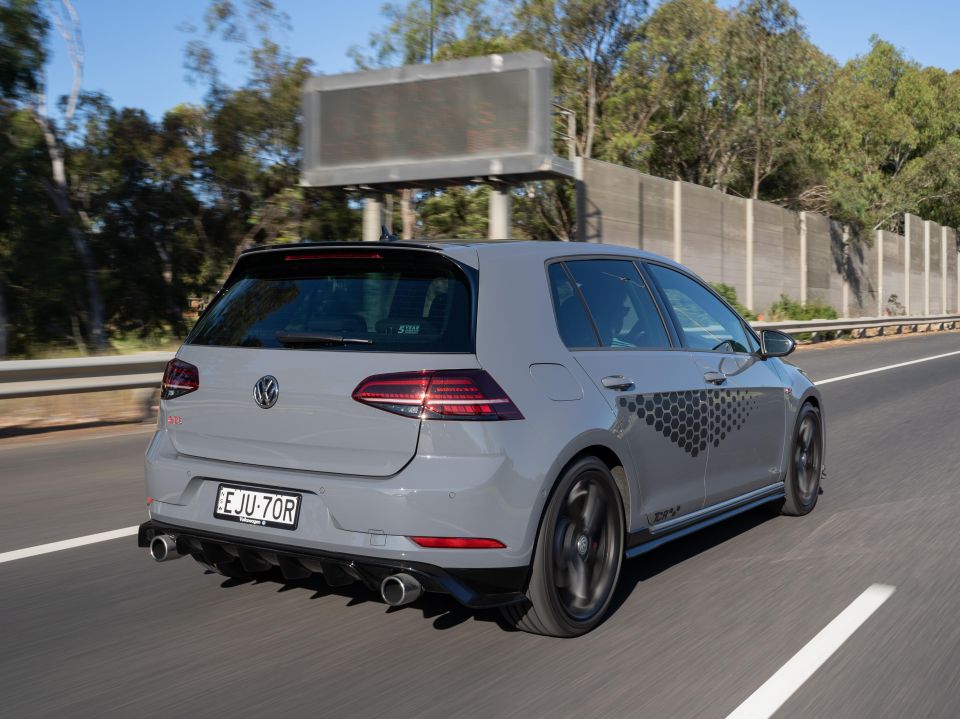
Those keen to slash the time required to hit the century to just under 6.0 seconds could splash out for a 213kW GTI Clubsport. This was followed up a year later by 228kW Clubsport S.
The company also sold a road-going version of the track-focused TCR with an engine tuned to deliver 213kW.
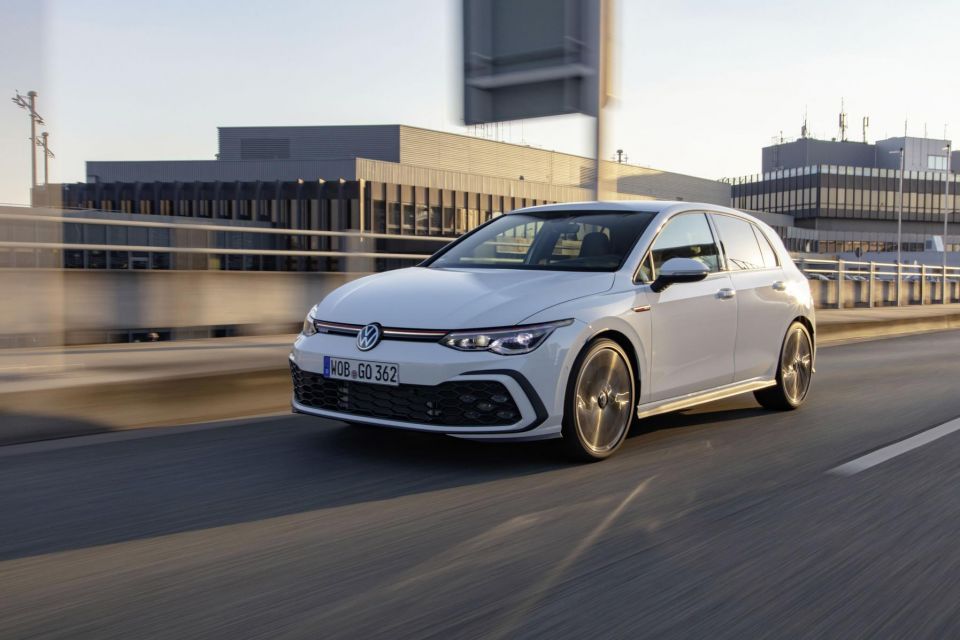



The interior and face may not be to everyone’s liking, but the eighth-generation boasts a 2.0-litre turbocharged engine making 180kW and 370Nm.
For the first time, the GTI – like the Golf itself – will only be available with five doors.
You can read all about our thoughts on the latest Golf GTI in our full review, which goes live on Monday, June 21 at midday.
Even though the new GTI has only just been launched Down Under, there’s already a faster variant available overseas: the GTI Clubsport 45 with a 221kW/400Nm engine.
Got any cool GTI stories you’d like to share? And which generation or variant is your favourite? Let us know in the comments below.
Where expert car reviews meet expert car buying – CarExpert gives you trusted advice, personalised service and real savings on your next new car.
Derek Fung would love to tell you about his multiple degrees, but he's too busy writing up some news right now. In his spare time Derek loves chasing automotive rabbits down the hole. Based in New York, New York, Derek loves to travel and is very much a window not an aisle person.


Damion Smy
12 Hours Ago
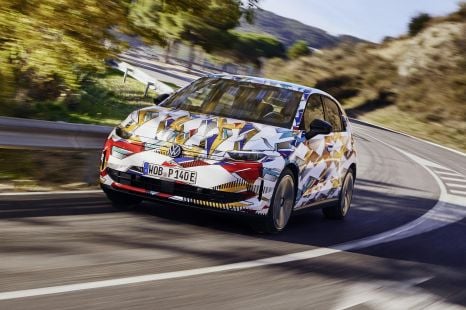

William Stopford
7 Days Ago
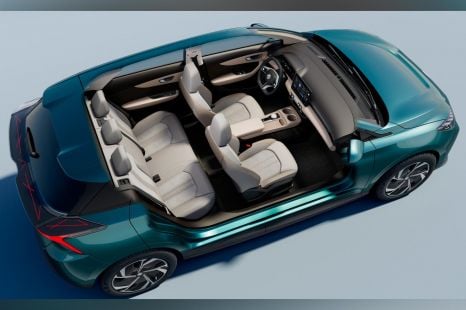

William Stopford
8 Days Ago
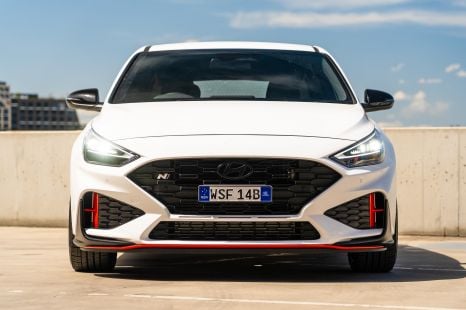

William Stopford
14 Days Ago
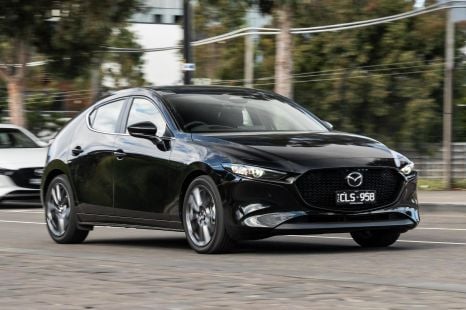

Josh Nevett
23 Days Ago


William Stopford
1 Month Ago